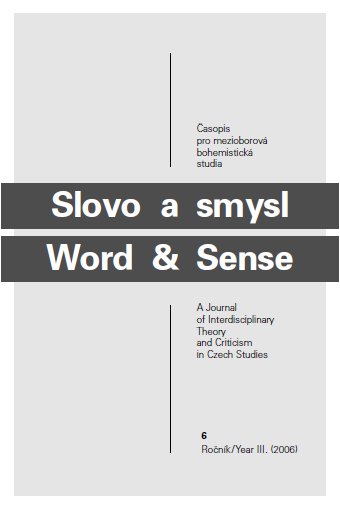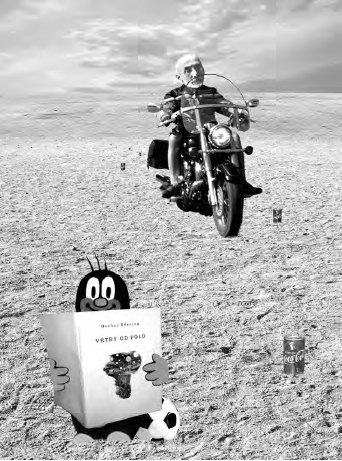Editorial
In this, the sixth issue of Word and Sense, we have tried to highlight the contexts of literature, its boundaries, and the ways in which we can move beyond it. One cornerstone in the architecture of this issue is the approach of Yury Lotman, who, in addition to literature – his own much-beloved subject – also took an interest in its context: the cultural semiosphere. He believed it to be fundamental to understanding both literature and any person who creates it, reads it and lives it. We can understand Lotman’s semiotics as the dynamics of relations between that regarded as the so-called centre (i.e. as basic) and that forming the so-called periphery, which, of course, over time coften gains in significance. Lotman, however, was not merely concerned with shifts in the semantics and values of centre and periphery. In addition, he was always concerned with the dialogue of voices found in diverse cultures with their centres and peripheries.
Lotman’s views inspired us to admit precisely this “foreign” element into the journal. The allegorical representations of the penetration of the “foreign” in Miroslav Huptych’s frontispiece collage are both the cartoon mole Krtek (fifty years old in 2006), leaning on a football and wielding in his paws Březina’s poetry collection Winds from the Poles, as well as Otokar Březina himself, careening loftily through the desert of modern times on a legendary Harley-Davidson motorcycle amidst cans of Coca-Cola. The provocative composition of this collage, which suggests the possible clash and confrontation of several cultural codes, also implies a question that winds through the entire issue like a red thread: is it possible for these codes (and many others of disparate origins) to co-exist?
The Studies & Sketches in this issue treat this polarity in various ways. Studies by Petr A. Bílek and Michal Trunečka and an essay by Zdeněk Mathauser point to the inspiration that can result from the mixing of disparate codes, whether it concerns the coexistence of football with traditional literary and artistic approaches on the one hand, or disparate popular cultural topics on the other. Texts by Stanisław Gawlińsky, Karel Kouba and Vítek Schmarz survey the topic of boundaries from a different angle. How do literature and art come to terms with the influence of totalitarian ideologies that permeated the 20th century, namely, Nazism and communism? In what way do racist or class-motivated hatred filter into artistic discourse? And what options does literary scholarship offer us for comprehending and reflecting on these works? Texts by Daniel Vojtěch, Petr Málek and Stefan Simonek, each thought-provoking in its methodology, use varied points of view to examine the symbiosis of forms of cultural existence as sources of aesthetic criteria in the realm of the Central European moderne movement. Texts by Irena Štěpánová, Gareth Brown and Václav Cvrček survey the topic of borders and boundaries from different perspectives: that of gender studies, that of the interpenetration of themes from the cultural “margin”, and that of reflecting on the limits of correctness in linguistic practice.
The Retrospectives section is dedicated to the memory of semiotician and literary scholar Miroslav Procházka, who passed away ten years ago. As head of department, Procházka was a founding father of the current incarnation of the Institute of Czech Literature and Literary Criticism at Charles University’s Faculty of Arts and Philosophy, where the journal Slovo a smysl/Word and Sense makes its home. The feature A Question for… focuses entirely on one respondent, Martin Machovec, who offers a unique perspective at the meeting point of two discourses: the world of official culture and the Czech cultural underground.
The sections Translations_Překlady and Překlady_Translationsround out the issue. The first of them contains the text “Football”, by the Dutch anthropologist Frederik Jakob Johannes Buytendijk. Translated by Bratislava literary scholar Adam Bžoch, it is published with a commentary by Josef Vojvodík. The second section consists of English translations of the poetry of Otokar Březina and an essay by F. X. Šalda, “Development and Integration in the Poetry of Otokar Březina”. Both translations are by New York literary historian and translator Kirsten Lodge.
Libuše Heczková, Josef Vojvodík a Jan Wiendl (Translated by Neil Bermel)


